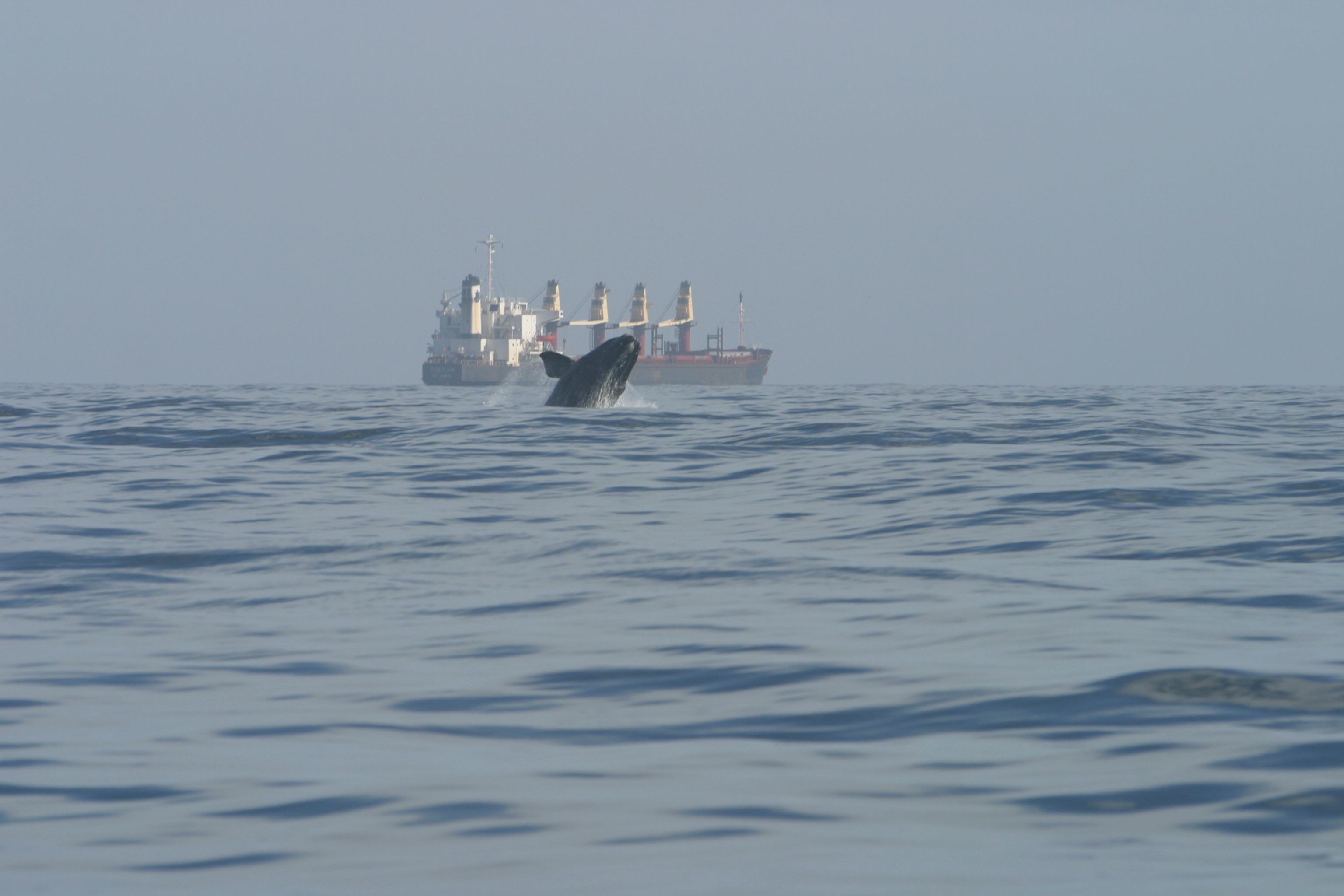Have you ever wondered why speed limits are imposed in certain shipping areas? Part of the answer can be summed up in three words: to protect whales.
Adopting a speed of 10 knots (18.52 km/h) would even reduce the risk of fatal collisions between ships and whales by 15-18%, according to a study led by the New England Aquarium and released last January. In addition to protecting the North Atlantic right whale, speed reductions in the Atlantic would also benefit fin, sei and humpback whales.
New method for assessing risks
Using an innovative calculation method, the New England Aquarium and its partners assessed the risks that a whale might suffer a collision at speeds of 14, 12 and 10 knots. The conclusions of the study are timely considering that it has been repeatedly demonstrated that the greater the speed of a vessel, the higher the probability that a collision with a whale will prove fatal.
The first area studied by the scientists, known as an exclusive economic zone (EEZ), extends from northern Maine to southern Florida. It is transited throughout the year by a large number of merchant ships, fishing boats and cruise ships. The research team was able to establish that implementing a speed of 10 knots throughout this zone could reduce the risk of collisions between ships and whales by 18%. At speeds of 14 knots (25.93 km/h) in this sector, the risks would only be reduced by 5%.
Currently, the majority of the vessels studied in the EEZ already operate at speeds below 14 knots. However, cruise liners and passenger ships as well as commercial vessels were singled out as registering the highest speeds.
There are also areas in the Atlantic known to be frequented more regularly by certain species of whales, areas that represent a little more than one-fourth of the EEZ’s total area. Scientists have stated that adopting a speed of 10 knots in these sectors would reduce the risk of ship strikes by 15%. At present, US law requires vessels over 65 feet (approx. 20 metres) operating in known whale habitat to limit their speed to 10 knots or less. For smaller vessels, this speed is suggested, but not required. It appears that these voluntary measures are seldom observed, however.
Slow down, you’re being tracked!
Most boats are equipped with what is called an AIS (automatic identification system), which transmits information on the vessel type as well as parameters such as speed, position and course. These data are used to monitor what takes place on the water and help create an overall picture of the conduct adopted by operating crews. It is notably thanks to the information provided by AIS devices that the New England Aquarium research team was able to implement its calculation method.
And in the St. Lawrence?
Even if it was conducted in US waters, the New England Aquarium study discusses protection measures for marine mammals that are also observed in Quebec. Take for instance the implementation of speed limits for watercraft in the Saguenay-St. Lawrence Marine Park and the establishment of static zones in the Gulf of St. Lawrence, where speeds are restricted during certain times of the year.
As whales know no borders, those that frequent the St. Lawrence will probably one day find themselves in the Atlantic, and vice versa. Notwithstanding the economic impacts that this could cause, are we about to see new regulations and speed restrictions to limit the risk of collisions in eastern North America?







